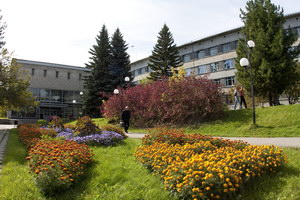“The Game of Kikimora”: An Intricate Folk Deception in the Sphere of the Demonic in the 18th – 19th Centuries

The authors focus on the connections between folk religiosity and the sphere of deception, expressed mainly in the form of a game with the famous demonic character Kikimora. Such connections reveal the transformation of popular ideas in Russia in the 18th – 19th centuries, when the image of a traditionally frightening malevolent influence gradually acquires elements of satire, ridicule and is more actively exploited in various episodes of deception and even fraud. The base of the article, among other things, is the littleknown case of the Russian State Historical Archive (RSHA) about the appearance of Kikimora in the village of Sobach'ya dora of the Ustyuzhsky district of the Yezhsky third of the Khaleskaya volost in the house Irina Koneva, the widow of the Ustyuzhsky peasant. The authors reveal the main models and motives of popular deception in the demonic sphere. It is suggested that in popular beliefs, deception could be perceived as a product of evil spirits, was associated with witchcraft or, on the contrary, served as a way to resist malevolent influence. In this regard, the similarity of the actions of a potential group of deceivers with traditional ideas about Domovoy, Kikimora and some other demonological characters is noted. The authors conclude that there was a connection of the causes of the “imitation of the demonic” with general deep ideas about the harmfulness of this malevolent influence itself, supported by the book and Christian image of the evil spirit. © 2023, Amur State University. All rights reserved.
Библиографическая ссылка
Butov I.S., Tomin N.V. “The Game of Kikimora”: An Intricate Folk Deception in the Sphere of the Demonic in the 18th – 19th Centuries // Religiovedenie. Т.2023. №4. 2023. C.71-79. DOI: 10.22250/20728662_2023_4_71



